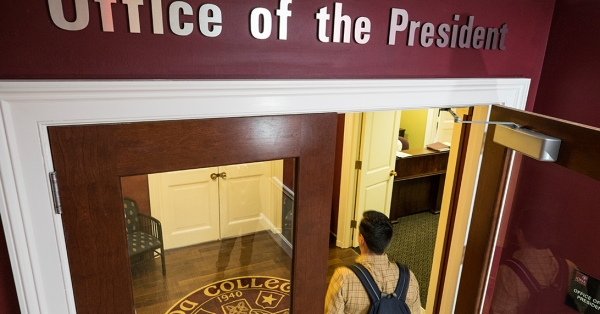The Slowly Diversifying Presidency
Introduction
Throughout history, the presidency of the United States has been predominantly held by white males. However, in recent years, there has been a slow but noticeable shift towards a more diverse leadership in the highest office of the country. This article will explore the changing demographics of the presidency and the factors contributing to this diversification.
Historical Context
Since the inception of the United States, the presidency has seen a long line of white male leaders. From George Washington to Joe Biden, the majority of presidents have belonged to the Caucasian race. This lack of diversity has been a point of contention for many Americans, who have long called for more representation among the country’s leaders.
The Obama Presidency
One of the first significant steps towards diversifying the presidency was the election of Barack Obama in 2008. As the first African American president, Obama’s victory marked a historic moment in American history. His presidency not only shattered racial barriers but also inspired a new generation of diverse leaders to pursue political office.
Current Trends
In recent years, there has been a notable increase in the diversity of presidential candidates running for office. Women, African Americans, Hispanics, and members of the LGBTQ+ community have all thrown their hats into the ring, hoping to become the next commander-in-chief. This trend reflects a growing societal shift towards inclusivity and representation in leadership roles.
Challenges and Barriers
Despite the progress being made in diversifying the presidency, there are still significant challenges and barriers that remain. Institutional racism, sexism, and prejudice continue to hinder the advancement of marginalized groups in the political arena. Changing these deeply ingrained systems will require a collective effort from society as a whole.
Conclusion
The slow diversification of the presidency is a positive step towards a more inclusive and representative government. By breaking down barriers and challenging traditional norms, we can create a more equitable political landscape that reflects the diversity of the American people. It is up to us to continue pushing for change and supporting leaders from all backgrounds.
FAQs
Q: Why is diversifying the presidency important?
A: Diversifying the presidency is crucial for ensuring that all voices are heard and represented in the highest office of the country. It helps to promote equality, inclusivity, and a more accurate reflection of the American population.
Q: What are some of the challenges facing diverse presidential candidates?
A: Diverse presidential candidates often face discrimination, stereotypes, and bias based on their race, gender, or sexual orientation. Overcoming these obstacles requires perseverance, resilience, and a strong support network.
Q: How can we support the diversification of the presidency?
A: We can support the diversification of the presidency by advocating for diverse candidates, challenging discriminatory practices, and promoting inclusivity in the political process. It is essential to be actively involved in creating a more representative government.




